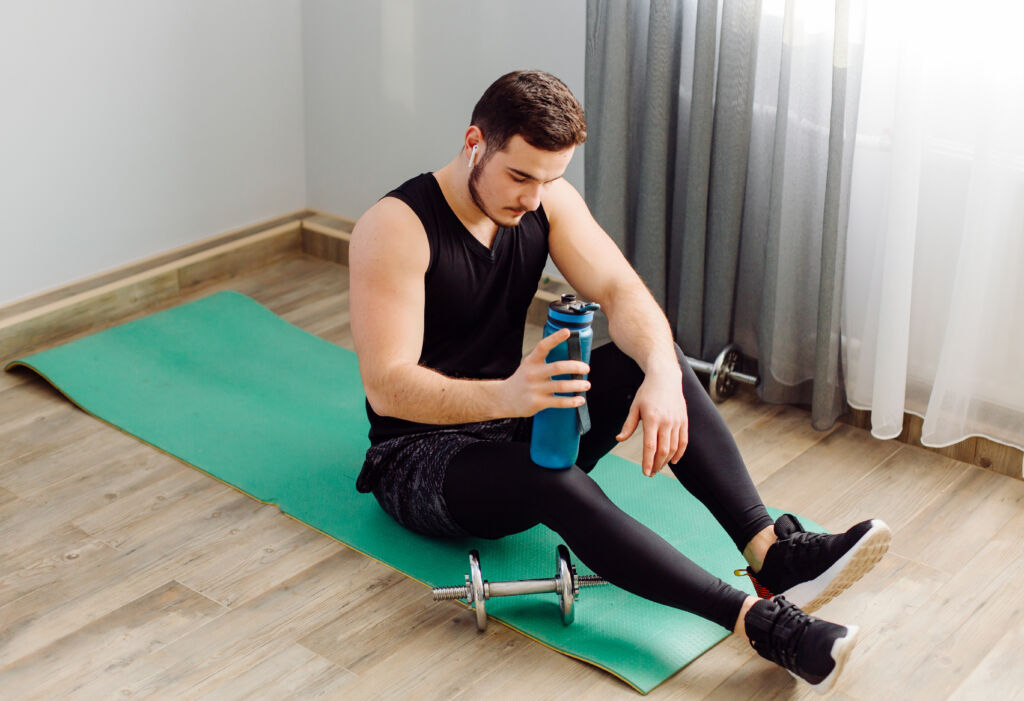
Can Physiotherapy Improve Your Immune System?
Can Physiotherapy Improve Your Immune System? Most people think of physiotherapy as treatment for injuries, pain, or movement limitations—but its benefits extend far beyond rehabilitation.

Proper warm-up and cool-down routines are essential components of any exercise regimen, playing a critical role in preventing sports injuries. In this guide, we’ll explore why warm-up and cool-down exercises are important for injury prevention and provide practical tips on incorporating these routines into your fitness routine.
Before engaging in physical activity, it’s crucial to prepare your body adequately. Warm-up exercises help increase blood flow to the muscles, raise body temperature, and improve joint flexibility, reducing the risk of injury during vigorous activity. Similarly, cool-down exercises aid in recovery by gradually lowering heart rate and promoting muscle relaxation, helping to prevent post-exercise soreness and stiffness.

Warm-up exercises serve as a vital preparation phase before engaging in strenuous physical activity. They help prepare the body for exercise by increasing circulation, lubricating the joints, and enhancing neuromuscular function. Effective warm-up routines typically include dynamic stretching, light cardiovascular exercise, and sport-specific movements to mimic the activities you’ll be performing.
After completing your workout or sports activity, it’s essential to allow your body to gradually return to its resting state. Cool-down exercises help facilitate this transition by gradually lowering heart rate, promoting muscle relaxation, and reducing the risk of post-exercise soreness and injury.
Static Stretching: Static stretching involves holding stretches for a prolonged period, targeting specific muscle groups to improve flexibility and reduce muscle tension. Focus on major muscle groups used during your workout, holding each stretch for 15-30 seconds.
Foam Rolling: Foam rolling, also known as self-myofascial release, involves using a foam roller to apply pressure to tight or sore muscles, promoting blood flow and reducing muscle stiffness. Spend 5-10 minutes foam rolling major muscle groups, focusing on areas of tension or discomfort.
Deep Breathing and Relaxation: Incorporate deep breathing exercises and relaxation techniques into your cool-down routine to promote mental and physical relaxation. Take slow, deep breaths, focusing on exhaling fully and releasing tension from the body.
Incorporating proper warm-up and cool-down routines into your exercise regimen is essential for preventing sports injuries and promoting overall health and performance. By taking the time to prepare your body adequately before exercise and allowing for proper recovery afterward, you can minimize the risk of injury, enhance athletic performance, and enjoy the benefits of regular physical activity for years to come.

Can Physiotherapy Improve Your Immune System? Most people think of physiotherapy as treatment for injuries, pain, or movement limitations—but its benefits extend far beyond rehabilitation.

Headaches and Tension? Try These Hands-On Osteopathic Solutions Headaches caused by tension can be draining, distracting, and downright frustrating. Whether they come from long hours

Isometric Exercises: Why We Recommend Them in Recovery When you’re healing from an injury, not all exercises are safe—some movements can even set you back.